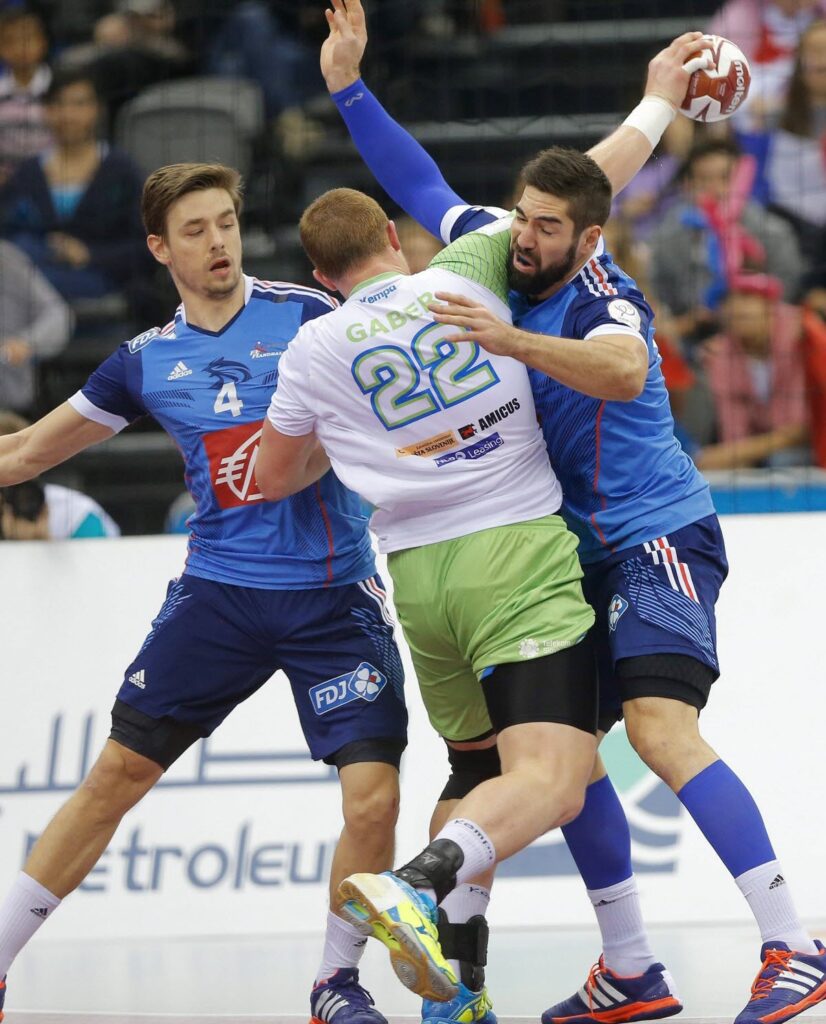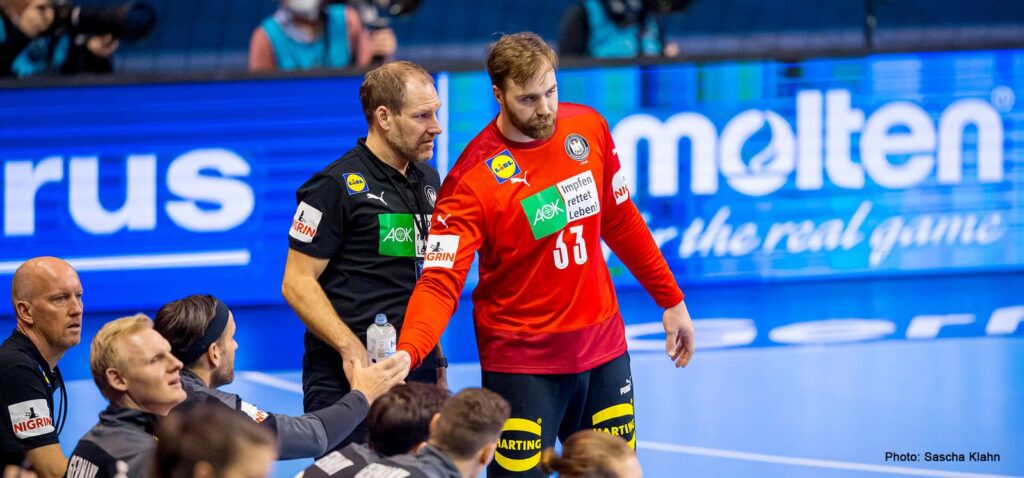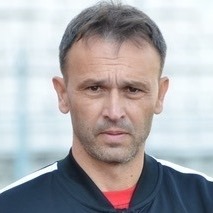The “Game Changer”

Introduction
Lately it has been heard more and more in the field of sports. Especially in team sports, where the result depends on many more factors than in individual sports, the concept of “Game Changer” acquires special value.
But what exactly does “Game Changer” mean?
It is an athlete, a tactical change, a coaching decision, that suddenly changes the outcome of a match…
There are quite a few times that everything works against what was planned before the game. The tactical movements in the attack do not result in favorable situations, the 6 meters free shots are stopped by the opposing goalkeeper – sometimes the throws from 7 meters as well -, continuous technical errors and in defense difficulty in recovering the ball…
This can happen at all levels of sport, from the amateur level to the top national team or club championships. There are not a few times that in our sport, even at the Champions League level, games that were considered derbies before they started, develop into a comfortable dominance of one team.
It is easy to see that one of the main consequences of such a situation is the gradual creation of a negative psychology among team members, which often prevents its players from doing even the most basic and fundamental things.
So at such a point in the game, when nothing is going well, it is important to find a situation that will become a “Game Changer”, in order to reverse the climate and the difficult situation.
Essentially, it is a momentary decision of the coach with the aim of “challenging” the opposing coach to adapt to new data and to be forced to find solutions-answers.
In the following lines I will try to present my personal thinking, regarding the factors that could be the decisive factor for a drastic reversal of the climate and the negative image of the group.
The Game Changer is an athlete, a tactical change, a coaching decision, that suddenly changes the outcome of a match…
Essentially, it is a momentary decision of the coach with the aim of “challenging” the opposing coach to adapt to new data and to be forced to find solutions-answers.
A. 7vs6 Attack
The selection of this particular tactical play is now widely used by many teams. The time that will be chosen to be used varies and depends mainly on the philosophy of each coach. It can be decided at a moment when the team is ahead in the score, as an alternative offensive tactic, at the start of the game or at the beginning of the 2nd half, as a tactic to surprise the opponent, as a tactic that favors the transition from defense to attack and vice versa (e.g. when a team plays with 2 central defenders playing in the pivot position in attack).
But it can also be used at a time when the team is behind in the score and nothing is working right offensively, so the advantage of the 7th player can be the decisive factor in turning the tide.
After all, as we mentioned above, the basic reversal must be done according to the psychology of the players and surely this will be achieved with a possible easy scoring of 2-3 goals in a 7vs6 situation.

“So this particular change, from one defensive formation to another, can be the decisive factor that will reverse the course of the match.

B. Change of defensive formation
It is given that all teams must now have at least 2 team defensive formations very well worked out and coordinated, which are ready to be used at any time and according to the special conditions and requirements of each match. The older concept of persistence-obsession only in one form of defense, in the sense of “national philosophy” or “culture”, is considered old-fashioned.
A typical example are the Scandinavian national teams and clubs, which have been introducing more aggressive defenses beyond the classic 6:0 into their game for years.
So this particular change, from one defensive formation to another, can be the decisive factor that will reverse the course of the match.
C. Change of Pace (Offensive Transition)
At times there has been much discussion and analysis about “how much”, “when” and “how” a team should “run” in the offensive transition phase. It is certainly not of the present discussion and the answers depend mainly on the subjective philosophy of each coach. It is very likely, however, that the change of pace, regarding the offensive transition, will be a decisive factor in reversing the image and consequently the outcome of a match. It is familiar, I imagine to all of us, the feeling of morale and psychology being revived, when our team scores 2-3 “easy” goals in the phase of immediate or extended fast break. A key condition in this case, is for the defensive function to work effectively to regain possession and give the opportunity to start the development phase of the team’s offensive transition.

“It is familiar, I imagine to all of us, the feeling of morale and psychology being revived, when our team scores 2-3 “easy” goals in the phase of immediate or extended fast break. rse the course of the match.
D. Change of Goalkeeper

It is quite rare that a single player can become a “Game Changer”. The only position where this has been observed to occur is that of goalkeeper. The specificity of this position is such, that it can be a decisive factor in shaping the image and, by extension, the outcome of a match.
After all, it only takes 1-2 saves on 6 meter shots – which may lead to immediate fastbreaks and easy goals – to change the psychology of the teammates, to activate them and “return everything to normality”.
Risk
Whatever the differentiation the coach decides to the match, it is given that there is definitely a percentage of risk. Simply put, it’s impossible to change the image of a game completely unless brave decisions are made.
In some cases this risk is controllable – e.g. when the goalkeeper has a very low percentage of saves and it is decided to be replaced – in some others, however, it is much higher – e.g. change of defensive or offensive formation, change of persons on the court etc.
Self-trapping
As we have already mentioned, the concept of “Game Changer” makes sense when the conditions of the game are difficult for one of the two teams. In this sense, all the contributors of the particular team are under pressure and mostly the coach. So in his attempt to find solutions and help his players, many times he gets self-trapped and is led to make hasty decisions, which create more problems than solutions.
A typical example of this situation is when a team is behind in the score during the last minutes of the match and the coach decides to open up the depth of the defensive formation – from 6:0 to 3:2:1 or to 4:2 – to put pressure to the opposing team. In theory, it sounds logical and tactically rational as long as it has been properly and systematically trained in practice.
Unfortunately, many times the decision for this specific defensive conversion is baseless, without the necessary “practice hours” of it in training. This of course leads to the completely opposite results, as it is known that advanced defense formations require perfect control and coordination of the players’ movements and areas of responsibility.
Another example of self-trapping is when the coach decides to change the tempo of the transition to the attack (to force his team to run at the counter attack), but without previously having systematically practiced this tactic in training.
This, results in the appearance of technical errors (steps, wrong passes, etc.), since increased running speed and passing speed require high levels of technical skills of the players involved.

“Unfortunately, many times the decision for this specific defensive conversion is baseless, without the necessary “practice hours” of it in training.
Epilogue
All of the above are thoughts regarding the factors and situations that could be characterized as “Game Changers” in the development of a match.
Maybe after reading this specific text some coaches will have questions:
– What is the appropriate intervention-decision that will become a “Game Changer”?
– When is the right time to do it?
– To what extent should there be personal involvement?
– To what extent should there be player’s participation in the decision making?
The answers to all of the above are not simple and are certainly not predetermined regardless of conditions and special match situations. But they distinguish the “lucky” coach from the “prospective” one, the “methodical” from the “frivolous”, the “inexperienced” from the “experienced”.
All of the above is an “invitation” to anyone who is interested in participating to start a conversation and exchange of views on the specific subject. Please feel free to leave your comment below to start a creative conversation on the topic.
After all, this is the reason why this particular personal blog was created in the first place…
Kwstis Bounas, Handball Coach



To the handballcoaching.gr owner, Thanks for the valuable information!